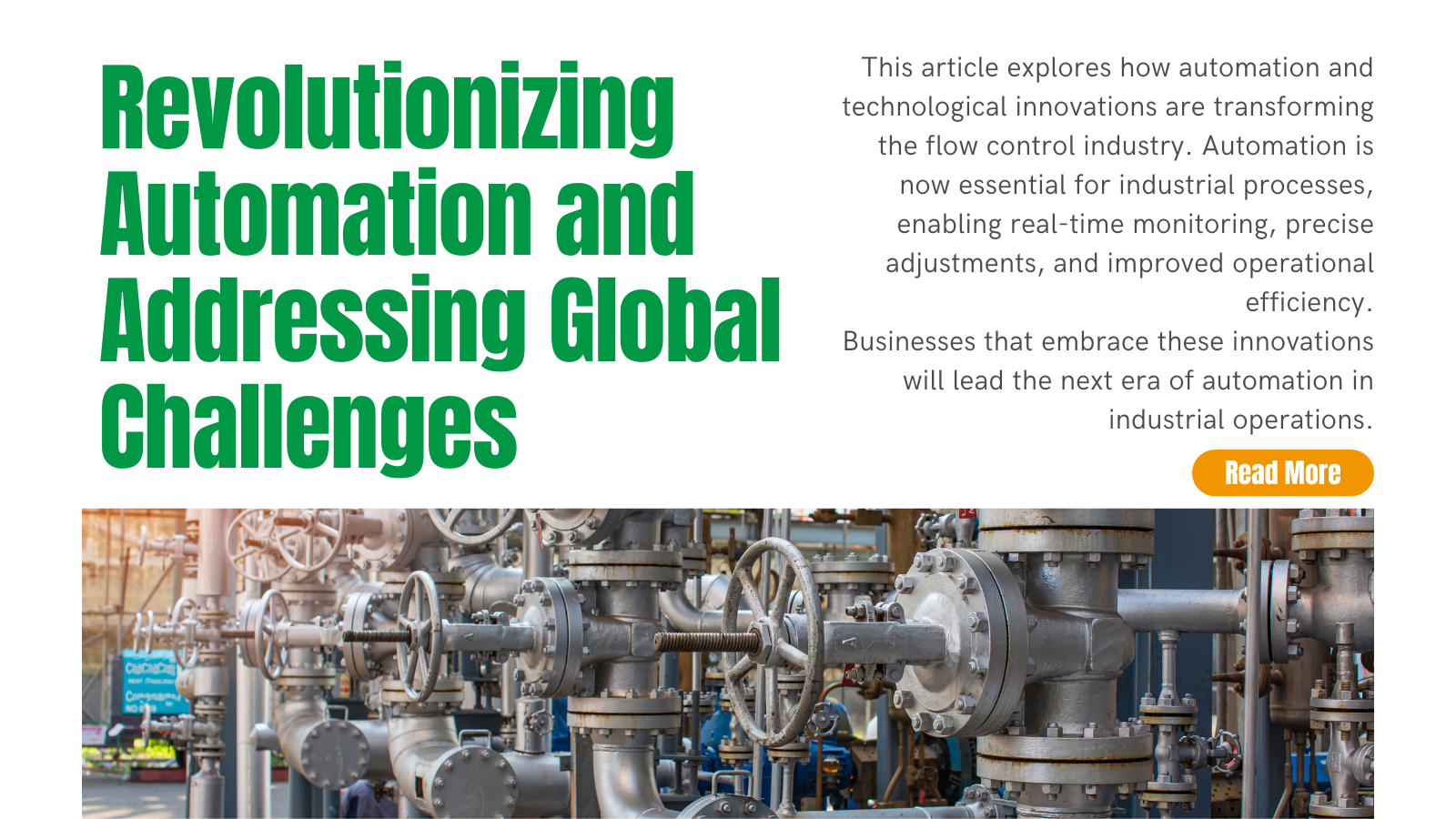Guide to Selecting Materials for Pressure Relief Valves

Pressure relief valves (PRVs) are critical components across various industries, protecting systems, equipment, and personnel from the risks of overpressure. Choosing the right materials for these valves ensures they maintain their performance, durability, and safety in different environments, from extreme temperatures to corrosive media. However, with a vast array of materials available, selecting the right one can be challenging. In this guide, we will combine key insights on material selection to help you make informed decisions.
Importance of Selecting the Right Materials
Choosing the correct materials for pressure relief valves is essential for ensuring long-term reliability, performance, and safety:
- Safety: The right material prevents valve failure, which could lead to hazardous situations.
- Performance: Appropriate material selection optimizes valve functionality, ensuring proper flow control and pressure regulation.
- Durability: High-quality materials resist wear, prolonging the valve’s lifespan and reducing maintenance costs.
Factors to Consider When Choosing PRV Materials
When selecting materials for PRV components, multiple factors must be considered to ensure compatibility with the operating environment and system requirements. These factors include:
- Corrosion Resistance: Ensures the material can withstand exposure to corrosive media (e.g., chemicals or seawater). Materials like stainless steel, Monel, or Hastelloy excel in such environments.
- Temperature Resistance: High-temperature applications require materials that can maintain structural integrity. Inconel and titanium are ideal for extreme temperatures, while brass and bronze are better for moderate conditions.
- Pressure Handling: The material must endure system pressure without deforming or failing. Carbon steel and Monel are suited for high-pressure applications.
- Compatibility with Media: Materials must resist degradation when exposed to specific liquids or gases.
- Cost vs. Performance: Balancing the performance of high-end materials like Hastelloy or titanium with budget constraints is crucial for large-scale systems.
- Regulatory Standards: Ensure the material complies with industry regulations and safety standards (e.g., ANSI or ASME).
Common Materials Used for Pressure Relief Valve Components
Several materials are frequently used in PRV manufacturing, each with unique advantages depending on the application. Below is a breakdown of the most commonly used materials:
- Stainless Steel
- Advantages: High corrosion resistance and durability, performs well under high pressure and temperature.
- Applications: Chemical processing, oil & gas, food & beverage industries.
- Brass
- Advantages: Cost-effective, resistant to water corrosion, suitable for low- to moderate-pressure environments.
- Applications: HVAC systems, water systems, and low-pressure air systems.
- Monel (Nickel-Copper Alloy)
- Advantages: Exceptional corrosion resistance, particularly in marine and chemical environments.
- Applications: Offshore oil platforms, marine environments, chemical processing.
- Carbon Steel
- Advantages: High strength and durability, ideal for high-pressure environments.
- Applications: Oil & gas, petrochemical, high-pressure steam systems.
- Hastelloy (Nickel-Molybdenum Alloy)
- Advantages: Superior corrosion resistance in highly acidic and harsh environments.
- Applications: Chemical processing, acid production, power generation.
- Plastic and Composite Materials (e.g., PTFE)
- Advantages: Lightweight, cost-effective, and corrosion-resistant for specific applications.
- Applications: Low-pressure chemical systems, water treatment, and non-corrosive environments.
- Titanium
- Advantages: Exceptional strength-to-weight ratio and corrosion resistance, suited for critical applications.
- Applications: Aerospace, desalination plants, and chemical processing.
Understanding Material Properties and Their Impact on Valve Performance
The material’s physical and chemical properties directly affect the performance of pressure relief valves. Key properties to consider include:
- Tensile Strength: Ability to withstand pressure without breaking.
- Thermal Expansion: High thermal expansion materials may deform under heat, affecting sealing performance.
- Chemical Compatibility: Ensures the material resists degradation when exposed to various chemicals.
- Fatigue Resistance: Materials must withstand repetitive stress from fluctuating pressures over time.
Types of PRV Components and Their Material Requirements
Different components within PRVs have specific material requirements to ensure optimal performance:
- Valve Body: Made from metals like stainless steel or carbon steel for strength and corrosion resistance.
- Spring: Constructed from high-strength metals like Inconel to handle repeated use and high pressure.
- Disc/Seat: Often made from softer materials like PTFE for improved sealing performance.
- Bellows: Typically made from corrosion-resistant materials like Monel for valves exposed to corrosive media.
Testing and Certification of PRV Materials
Testing and certification are essential to ensure PRV materials meet industry standards. Critical tests include:
- Corrosion Testing: Verifies the material’s resistance to degradation in corrosive environments.
- Fatigue Testing: Ensures the material can handle cyclic loads.
- ANSI and ASME Certifications: Validate the material’s ability to withstand intended pressures and temperatures.
Best Practices for Selecting PRV Components
To ensure long-term performance, safety, and cost-efficiency, follow these best practices:
- Conduct Material Suitability Analysis: Evaluate the operating conditions, such as temperature, pressure, and media.
- Choose Certified Materials: Always use materials that meet industry standards and certifications.
- Consider Long-Term Costs: High-performance materials may come with higher upfront costs but offer long-term savings by reducing maintenance and replacement needs.
Case Studies: Successful Material Selection for PRVs
- Chemical Processing Plant: Switching to Hastelloy PRVs improved valve life by 200% and reduced maintenance in highly corrosive environments.
- Offshore Oil Platform: Using Monel valves reduced corrosion failures in harsh marine conditions, extending operational life by five years.
- Water Treatment Facility: Stainless steel PRVs ensured consistent performance and fewer breakdowns under varying pressures.
Conclusion: Ensuring Safety and Performance
Selecting the right materials for pressure relief valve components is essential for safety, performance, and long-term reliability. With a broad array of materials available, each offering unique advantages, it’s vital to match the material properties with the specific operational conditions. By carefully evaluating factors like corrosion resistance, temperature tolerance, and pressure handling, you can ensure your PRV system operates efficiently and safely for years to come.
